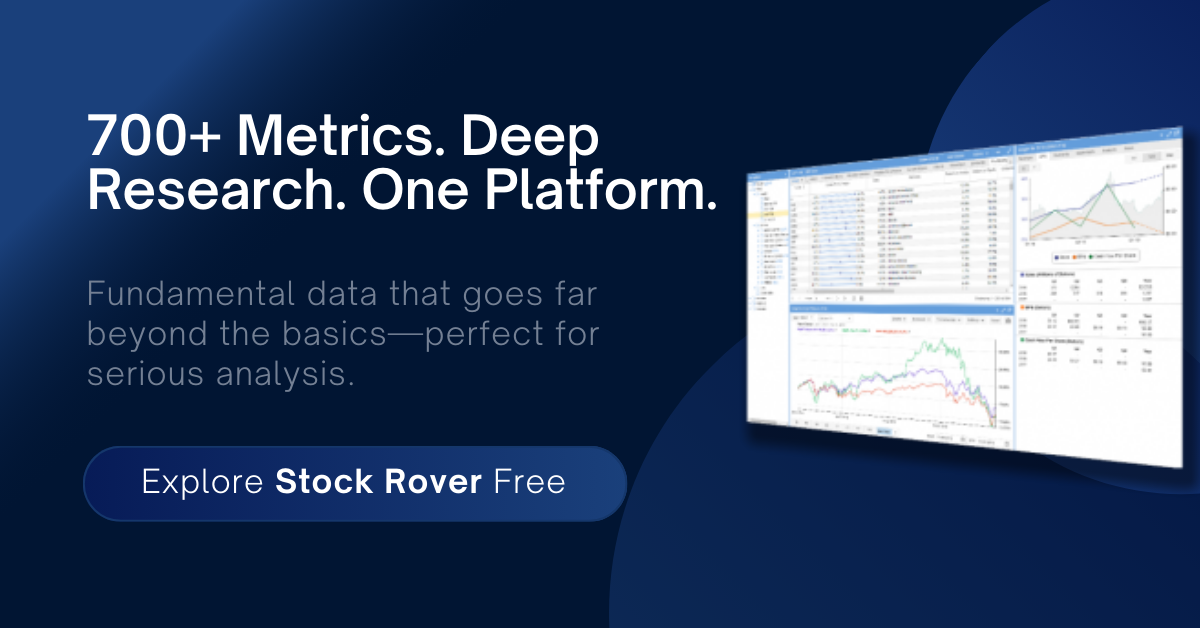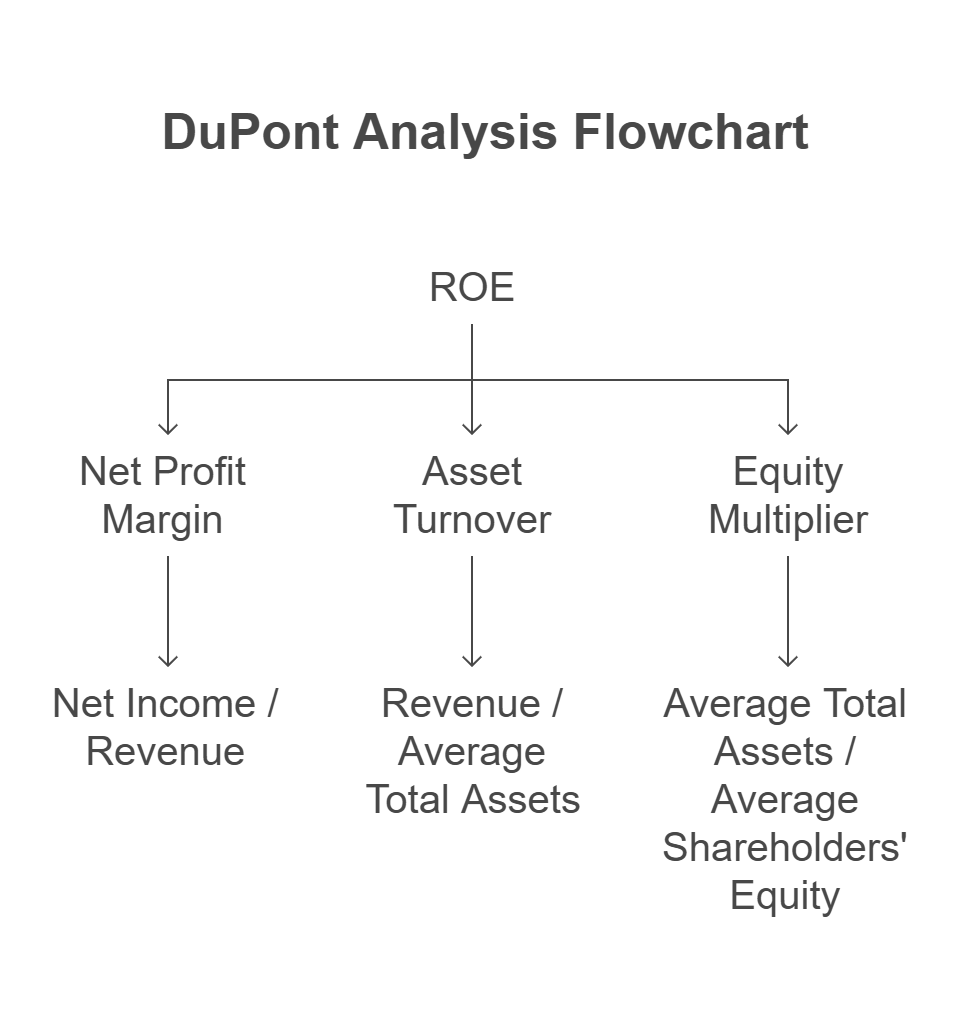
You Can’t Rely on Earnings, But You Can Trust the Cash
You know the game. A company hits the earnings estimate, maybe even beats it by a penny, and the stock pops. But what if that “beat” was a mirage, puffed up by accruals, non-cash adjustments, or accounting gimmicks? As a long-term investor, you can’t afford to get suckered in by noise. If you want to know what’s real, look at the cash. Cash pays the bills. Cash fuels buybacks. Cash keeps the lights on.
This article shows you how to ignore the earnings headlines and go straight to the signal: operating cash flow, free cash flow, and interest coverage from cash,not earnings. These are the numbers that don’t lie.
Accrual Accounting: The Original Illusionist
Before we jump into the cash flow ratios, let’s talk about why accrual accounting can distort the picture. Companies record revenue when it’s earned, not when it’s received. They can capitalize expenses, smooth earnings, or shift revenue recognition across quarters. A company might look profitable on paper while it’s bleeding cash.
These manipulations don’t break the law,but they break your portfolio if you trust them blindly.
That’s why serious investors sidestep the illusion and go where the truth lives: the cash flow statement.
Operating Cash Flow: The Pulse of the Business
Think of operating cash flow as the heartbeat. It tells you how much cash a business generates from its core operations, before it gets fancy with financing or investing activities.
When operating cash flow consistently trails net income, that’s a red flag. It could mean aggressive revenue recognition or hidden operational weaknesses. You want to see strong, recurring operating cash flow, ideally higher than reported earnings. That’s your first signal that this business is the real deal.
This is also one of the nine tests in the Piotroski F-Score: companies earn a point when operating cash flow exceeds net income, confirming the quality of their reported earnings. In our strategy, this is non-negotiable.
Free Cash Flow Conversion: Follow the Money That’s Actually Free
Now go one step further. Free cash flow (FCF) is operating cash flow minus capital expenditures. It’s what’s left over after the company reinvests to maintain or grow its operations.
A high FCF conversion ratio (FCF / Net Income) tells you this business isn’t just printing paper profits,it’s generating real, spendable money. A ratio above 1 is ideal. Anything consistently below 0.5? You’re probably looking at a capital-hungry operation, or worse, one using earnings to mislead.
While the Piotroski F-Score doesn’t explicitly test FCF, a rising FCF conversion ratio reinforces other positive trends like return on assets and improving margins,both key parts of the F-Score framework. In our view, this adds a second layer of conviction.
Cash Interest Coverage: Can They Really Afford Their Debt?
Earnings-based interest coverage ratios are misleading, because EBIT can be padded. But interest coverage from cash tells you what matters: does the business generate enough raw cash to meet its debt obligations?
Here’s the formula: Operating Cash Flow / Interest Paid
If this ratio dips below 2, especially in capital-intensive industries, that’s your cue to dig deeper. For conservative investors, a ratio above 3 gives peace of mind.
The F-Score gives a point when leverage is decreasing, but we take it a step further by verifying whether debt obligations are actually being covered in cash. If not, we discount the score.
How to Spot Earnings Distortion in the Wild
Sometimes, the earnings look strong, but the cash tells a different story. Other times, Wall Street punishes a stock for weak earnings, but cash flow is rock solid,giving you a hidden opportunity.
Here’s how to catch both:
- Compare Net Income to Operating Cash Flow across multiple years. Look for divergence.
- Calculate the FCF conversion rate and watch for declining trends.
- Examine whether growing net income is matched by rising free cash flow.
- Check for rising receivables or inventory that suggests earnings are being manufactured.
These habits won’t just protect you,they’ll help you find value that others miss.
The Piotroski F-Score uses similar logic,assigning points for consistent profitability, strong cash flow, and improving balance sheet quality. If you already use the F-Score, these cash flow ratios help you sharpen the signal even further.
Real Examples from the Field
In our Premium and Founder’s Club portfolios, we’ve uncovered multiple small-cap stocks trading at dirt-cheap valuations where the earnings looked unimpressive,but the cash flows told a different story. One of our highest-conviction holdings, which is currently the largest position in our Premium portfolio, fits this profile exactly. The company holds a large cash balance, is a prolific free cash flow generator, and has virtually no long-term debt.
Lately, its GAAP earnings have taken a hit due to a temporary supply glut in its industry caused by a recent EPA regulation change. On the surface, it may look like a business in decline. But when we dig deeper, the cash flow remains healthy, inventory is building by choice, and management appears confident in riding out the imbalance. Once the supply correction occurs, we expect pricing power to return and profitability to surge. This is the kind of setup where patient investors win.
When the story and the numbers don’t match, you trust the cash. It rarely lies.
Final Word: Cash is the Compass, Use It
When it comes to long-term investing, you need a compass that won’t spin when management waves their hands. Earnings are subject to interpretation. Cash is not. That’s why we build our portfolios using the numbers that matter: actual cash flowing through the business. It keeps us grounded. It keeps us safe. And it helps us compound.
If you’re serious about avoiding permanent capital loss and maximizing long-term returns, make these cash flow checks a non-negotiable part of your research process.

Shailesh Kumar, MBA is the founder of Astute Investor’s Calculus, where he shares high-conviction small-cap value ideas, stock reports, and investing strategies.
His work has been featured in the New York Times and profiled on Wikipedia. He previously ran Value Stock Guide, one of the earliest value investing platforms online.
Subscribe to the Inner Circle to access premium stock reports and strategy insights.
Featured in:








